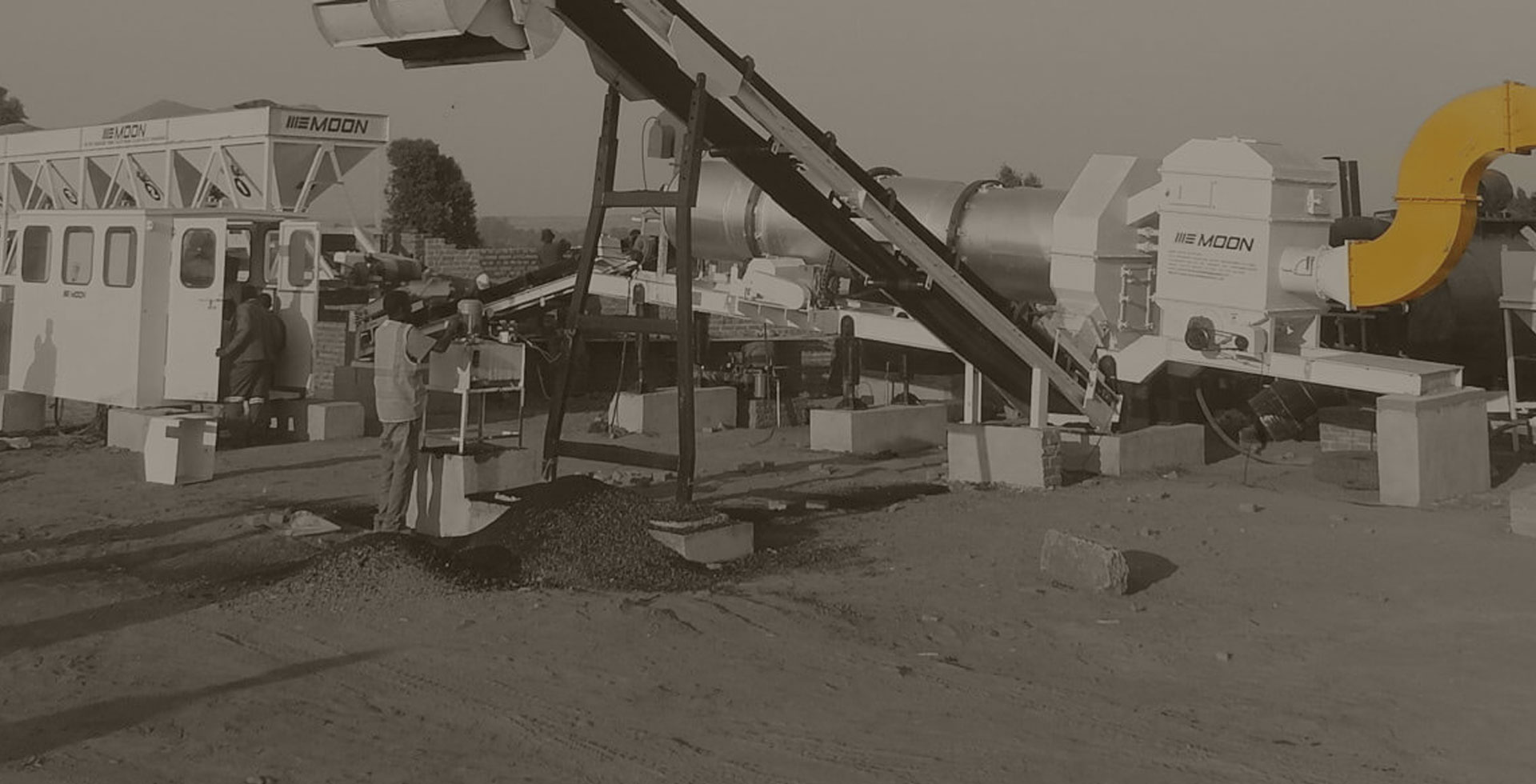
9 月 . 23, 2024 21:25 Back to list
How to Recycle Circuit Boards A Comprehensive Guide
In our rapidly advancing technological world, the use of electronic devices is inevitable, leading to an increase in electronic waste (e-waste), particularly circuit boards. Circuit boards are integral components in various electronic devices, acting as the backbone of functionality. However, as technology evolves, many of these devices become obsolete, resulting in a significant amount of electronic waste. Recycling circuit boards not only helps in reducing landfill waste but also recovers valuable materials such as gold, silver, copper, and other metals.
Why Recycle Circuit Boards?
Recycling circuit boards is crucial for several reasons. First, it reduces the environmental impact. When circuit boards are discarded, they can leach harmful chemicals into the soil and water, posing risks to both human health and ecosystems. Second, recycling materials from circuit boards conserves natural resources. The extraction of metals and other materials can be energy-intensive and destructive to the environment. By recycling, we can save energy and reduce the carbon footprint associated with mining and processing raw materials.
Steps to Recycle Circuit Boards
1. Gather E-Waste Start by collecting your old electronic devices that contain circuit boards. This includes computers, laptops, smartphones, and gaming consoles. Ensure that these devices are non-functioning or obsolete before recycling.

2. Remove Circuit Boards If possible, dismantle the electronic devices to extract the circuit boards. This step is often challenging and may require specific tools like screwdrivers and pliers. Always follow safety precautions, such as disconnecting power sources and using appropriate gear to protect against sharp edges.
3. Identify Recycling Options Research local recycling programs and facilities that accept circuit boards. Some retailers and manufacturers offer take-back programs, allowing you to return your old devices for responsible recycling. Look for e-waste recycling events in your community, as these can be excellent opportunities to dispose of your electronic waste properly.
4. Choose a Certified Recycler When selecting a recycling facility, ensure that it follows environmentally responsible practices. Look for recyclers certified by organizations like e-Stewards or R2 (Responsible Recycling). These certifications demonstrate a commitment to safe and sustainable recycling processes.
5. Educate Yourself and Others Stay informed about the importance of recycling circuit boards and share this knowledge with others. Encourage friends and family to recycle their electronic devices and highlight the environmental benefits of this practice.
Conclusion
Recycling circuit boards is an essential step in managing electronic waste responsibly. By following the steps outlined above, individuals can contribute to a greener planet while also recovering valuable materials that can be reused in manufacturing new products. As technology continues to evolve, it is our collective responsibility to ensure that we handle electronic waste in a sustainable manner, protecting the environment for future generations.
Latest news
Unveiling the Power of Eddy Current Separator
NewsSep.25,2024
Transform Your Home Recyclin:home metal shredder
NewsSep.25,2024
The Future of Waste Management with Recycling Line Picker
NewsSep.25,2024
The Benefits of a Metal Recycling Plant
NewsSep.25,2024
Revolutionize Material Separation with Onwang Technology
NewsSep.25,2024
Innovative Waste Management: Unveiling the MSW Sorting Plant
NewsSep.25,2024